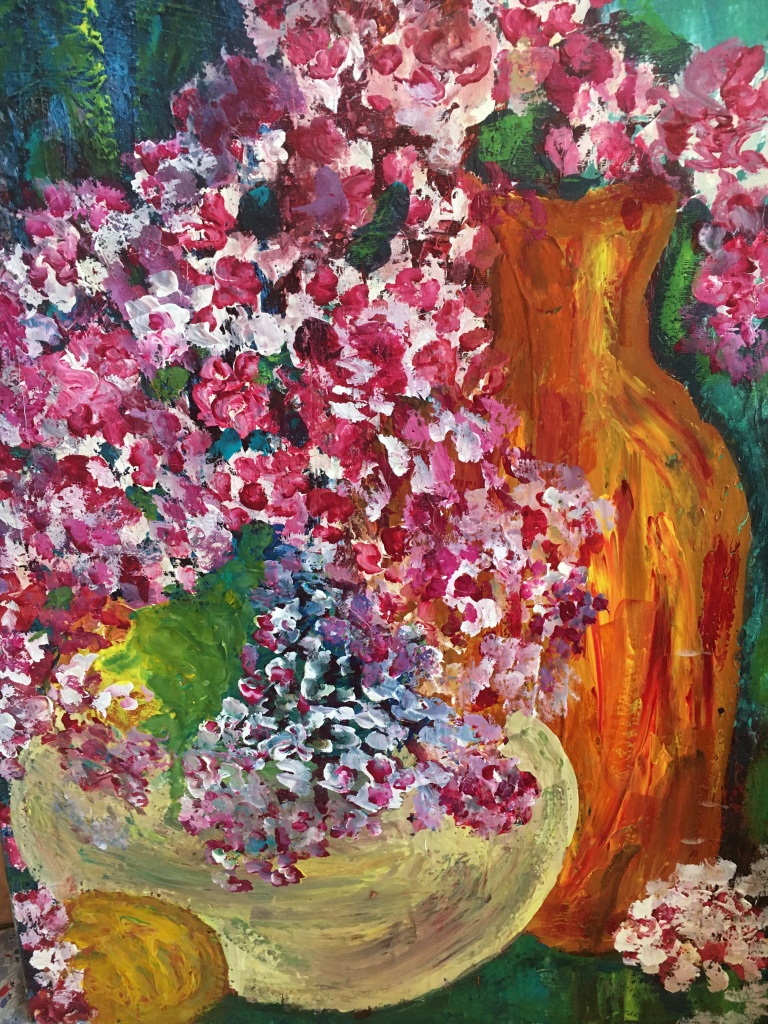
It’s possible that many of you readers are not ancient enough to remember the 1930s and 40s Big Band leader, Glenn Miller. His band was known for its one-of-a-kind sound, explained by the following quote from Wikipedia:
“Miller . . . realized that he needed to develop a unique sound, and decided to make the clarinet play a melodic line with a tenor saxophone holding the same note, while three other saxophones harmonized within a single octave.”
This technique worked beautifully, and Glenn Miller’s music contrasted with other Big Band era “greats”, due to its quality which I can best describe as “mellow”. And I was there, growing up with the Saturday Night Hit Parade during WWII.
Unfortunately, Miller and the plane he was flying in that war were lost over the English Channel in 1944. But his smooth melodies live on. In 1954, a film was released of Glenn Miller’s life, THE GLENN MILLER STORY starring Jimmy Stewart in the lead role.
What in the world does a Big Band sound have to do with art? Not much, except that I have been thinking of Glenn Miller a lot lately. I recall the film, and can still hear Stewart alias Miller saying: “I have got to find ‘the sound’!” Evidently Miller experienced the sound in his head before he realized how to create it. Likewise, regarding my art I have been visualizing and saying, “I have got to find ‘the look‘!”
The look I’ve envisioned is textured, rich in color nuances, and layered to resemble an oil painting without the oils. Oils would not make my lungs happy. Water soluble oils? I have tried those, with no success. As with traditional oil paints, the water soluble oils take a long time to dry. I simply do not have space in my studio to begin new paintings while works in progress to sit around forever and a day drying.
Acrylics? Call it irrational, and I guess it is. But, I JUST DO NOT LIKE ACRYLICS. They are fine in the hands of other artists, but my hands can’t handle them. And open medium notwithstanding, the acrylics dry too fast?
So what is JUST RIGHT? What can achieve the look with none of the above? Of course you know from my past entries, it’s GOUACHE! But gouache on watercolor paper has limits, texture-wise. My Glenn Miller epiphany? Gouache on Gallerywrap Canvas Panels.
I begin by generously covering the panel with gesso, streaking the brush in whatever direction suits me, to create lumps, ridges, and other textural marks. That’s the foundation for “the look”. Then, when the gesso is dry I apply a thin wash of watercolor in various shades which I want to feature in the finished picture.
When the watercolor wash is completely dry, I take my time with the gouache and I may spend a week on one painting. Gone are the days when I thought I had to bang out several works in a week. My walls and shelves are loaded with my art, and I can afford to slow down—savoring the pleasure of each stage, analyzing carefully after the initial color fling, and working deliberately to improve each section of the painting. I purposefully leave dabs and ridges of gouache to build up in areas while smoothing out other parts of the painting. I strive for polishing detail on some of the canvas while leaving other parts vague and blurry. This augments the look I desire to achieve.
Now maybe you are saying, “Yes, but . . . .” And you would be right, considering Gallerywrap Canvas Panels are normally to be left unframed. Gouache is a rather moisture-vulnerable medium to hang in the open air, especially in Wisconsin’s “good old summertime”! However, a thorough spray job with an acrylic fixative takes care of the “but”. No longer vulnerable, my sprayed gouache panels are sealed—if not forever, at least for a very long time and certainly a lot longer than I will be around.
I know that touching art is a huge NO-NO! I would never do that in a gallery, museum, someone else’s home, or any other place featuring art. But I can’t resist occasionally touching my sprayed panels, with the back of my hand of course—so that no fingerprints will be left behind. Along with the look, I enjoy the feel!
Margaret L. Been — September 10, 2016
Note: My photography is limited in its representation of art. First I took the picture with my I-pad and emailed it to myself. The colors were nothing like the original; only the primaries showed, with no innuendoes of color. Then I tried my I-phone, and that was no better. Finally I got out my digital camera, and the above was the best I could manage—better than the pad and phone, but still lacking in the multitude of subtle shades on the painting where colors phase into their neighbors.
Since the panel is a vertical hanging rectangle, I couldn’t include the whole job in the photo without the wall showing on each side of the painting. And texture shows up best in real life as well. If you are in the neighborhood, you are welcome to drop in and see for yourself. 🙂
Read Full Post »



